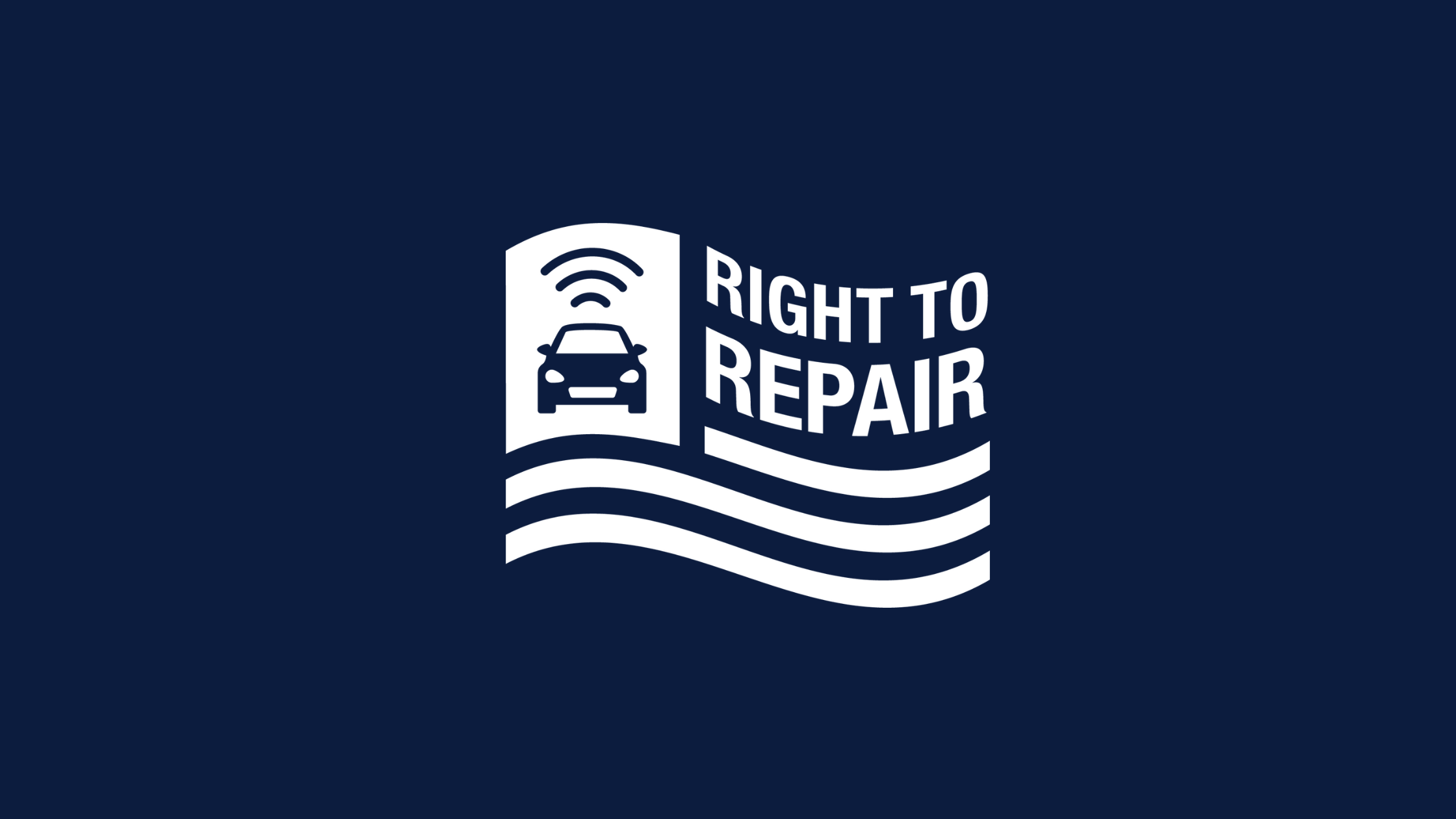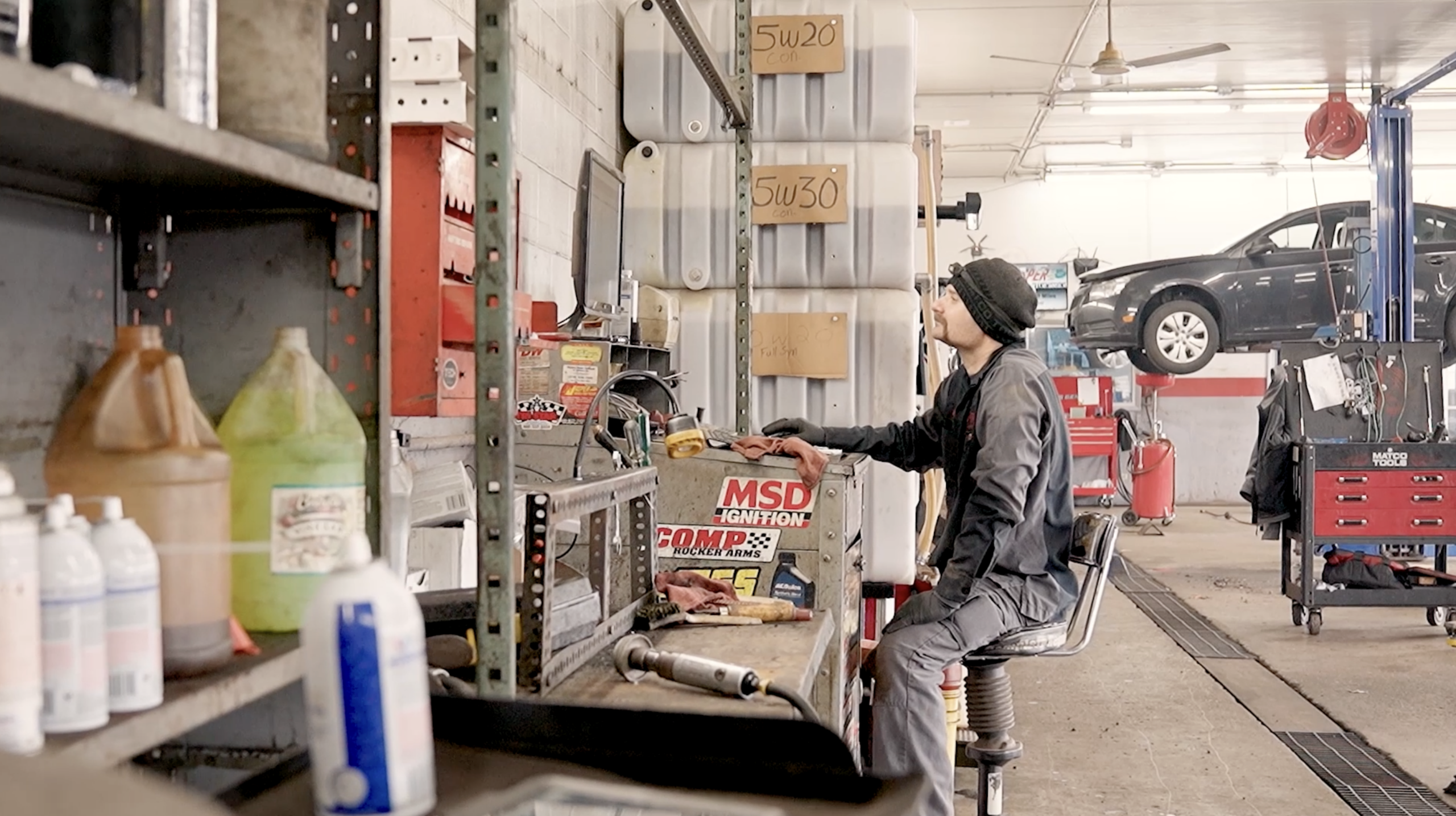
Perhaps you’re a technician or service advisor just starting in an auto repair shop, or maybe you are just new to the auto parts industry.
Like any new job in any industry, it’s easy to get a headache trying to learn and understand the number of acronyms your manager and colleagues use left and right.
Let’s talk about just one acronym — “OEM”
When it comes to vehicle repair, OEM is in the context of car parts and stands for “Original Equipment Manufacturer.”
Original Equipment Manufacturer Parts (OEM Parts) refer to parts that are made by the same manufacturer that produced the original components used in a vehicle during its production.
An OEM part is designed to precisely fit and function in a specific make and model vehicle and adheres to the quality and performance standards set by the automaker.
Facts About OEM Parts
Rigorously Tested: An OEM car part is crafted using high-quality materials and undergoes rigorous testing to meet the automaker’s standards. As a result, OEM parts offer a level of quality and reliability that many vehicle owners believe to be more trustworthy.
Made to Fit: Since OEM parts are designed for a specific vehicle make, model, and sometimes year, they ensure an exact fit and seamless compatibility with other components. This precise fit helps maintain the original performance and structural integrity of the vehicle.
Can be Warranteed: Many OEM parts come with a warranty from the automaker which means that if a part fails prematurely from the original manufacturer due to a defect, it can be replaced without incurring additional costs.
Why Some Customers Prefer OEM Parts
Maintaining Vehicle Warranty: Placing an aftermarket part, versus an original part, in a car that is under warranty with the vehicle manufacturer can cause the warranty to become void. This is not the case if an OEM replacement part is used.
Quality Assurance Testing: Purchasing OEM parts ensure the vehicle owner that they are getting components that have been specifically engineered and tested to meet the quality standards of the maker of their car. To many owners, this quality assurance translates into enhanced safety and performance, as well as a longer lifespan for their vehicle which is why they prefer to avoid aftermarket car parts.
Consistent Operation and Performace: OEM parts are designed to function seamlessly with other components of a vehicle. By using these parts, drivers can be confident that their vehicle will operate as intended, maintaining its original performance and handling characteristics.
Maintaining Resale Value: When it comes time to sell or trade in a vehicle, having a record of using OEM parts can positively impact its resale value. Prospective buyers are often more inclined to purchase a vehicle that has been properly maintained with an original automotive part vs one from an aftermarket manufacturer.
Peace of Mind: The use of OEM parts eliminates the uncertainty many consumers have with aftermarket alternatives. Since OEM parts are backed by the automaker, there is peace of mind knowing that they are designed specifically for a vehicle and are of the highest quality.
The Downside of OEM Parts
One biggest downside of OEM parts is that they are more pricey. It can be a struggle for some consumers to maintain a habit of requesting more expensive parts from the original manufacturer which is why many eventually turn to quality aftermarket parts — especially as their vehicle ages.
An aftermarket part is a part that is made by a company other than the original equipment manufacturer. Learn more about aftermarket parts: What are Aftermarket Parts in the Auto Repair Industry?



